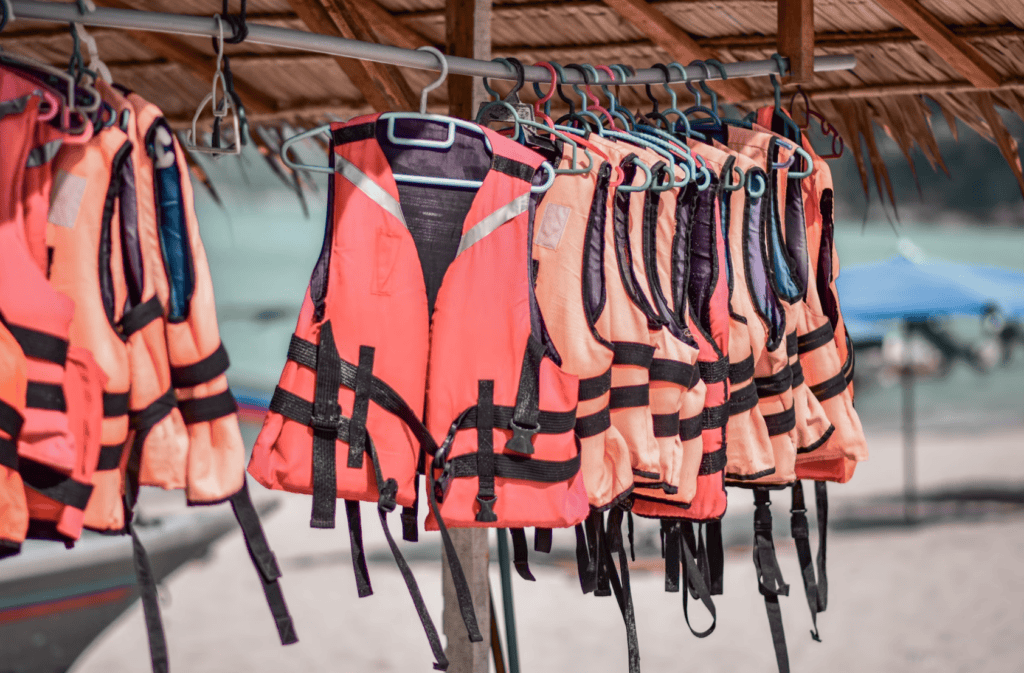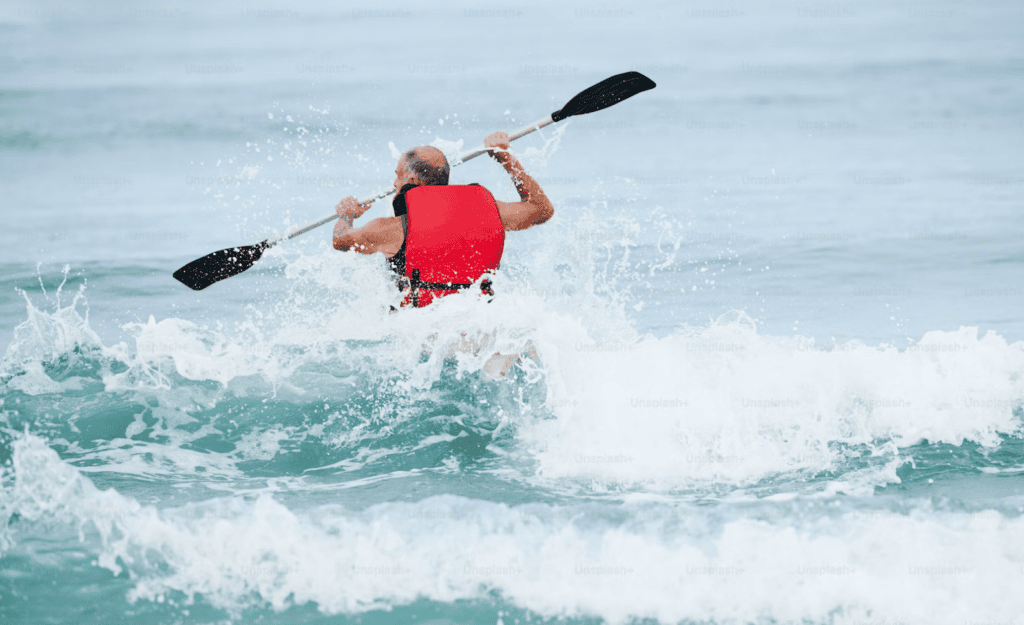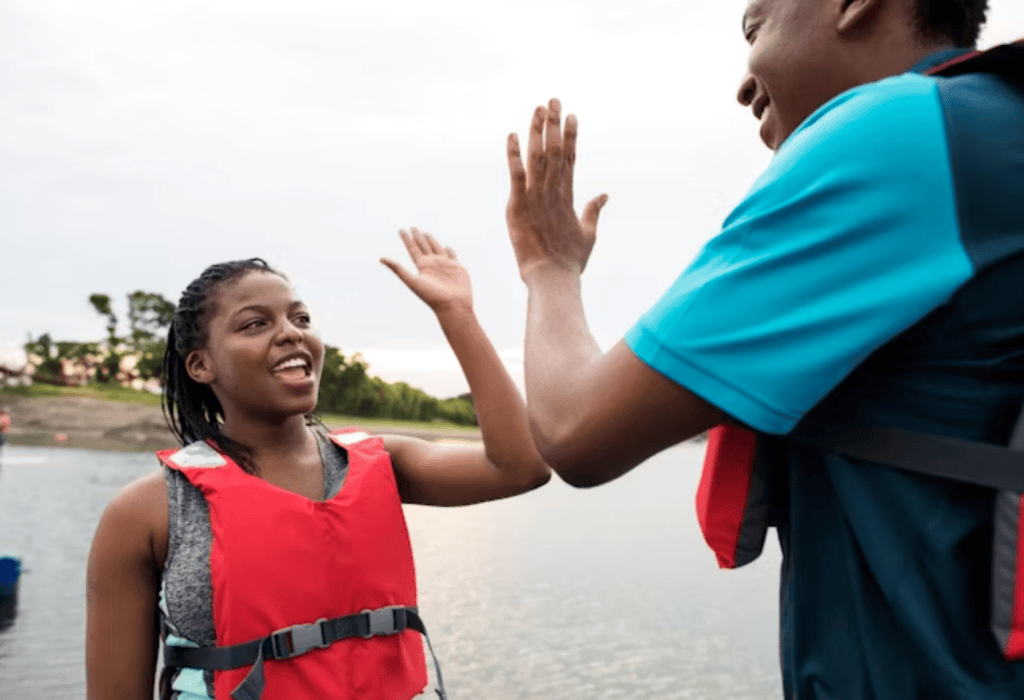Introduction: Why a Life Jacket Is More Than Just a Vest
Whether you’re kayaking, boating, or working on a water rescue team, a life jacket is one of the most essential pieces of safety gear you’ll ever wear. But choosing the right one isn’t as simple as grabbing the first bright-orange vest you see.
In this comprehensive guide, we’ll break down:
- Why life jackets matter
- Different types and their uses
- Key safety features to look for
- How to choose based on activity and body type
- Why professionals trust Jiekang’s life-saving gear
Let’s ensure you’re not just compliant—but confident and protected on the water.

What Is a Life Jacket?
A life jacket (also known as a Personal Flotation Device or PFD) is a piece of buoyant equipment worn to keep the user afloat in water. It’s used in recreational, industrial, and rescue settings to prevent drowning, stabilize injured persons, and assist in swift recovery.
Modern life jackets aren’t bulky foam blocks anymore—they’re lightweight, ergonomic, and activity-specific.
At Jiekang’s water rescue category, we offer certified life jackets designed for swimmers, lifeguards, and offshore workers alike.
Why Life Jackets Save Lives
According to the World Health Organization, drowning is among the top causes of accidental death worldwide, especially in children and industrial workers.
Here’s why life jackets remain non-negotiable:
- Provide flotation support even when unconscious
- Stabilize head and neck in water
- Buy time for rescue and self-recovery
- Reduce panic by providing psychological reassurance
In fact, the U.S. Coast Guard reports that over 80% of boating deaths could have been prevented with proper life jacket use.

Types of Life Jackets
Here’s a breakdown of the most common life jacket types:
| Type | Description | Best For |
|---|---|---|
| Type I (Offshore) | High buoyancy, turns unconscious users face-up | Commercial ships, open water |
| Type II (Near-shore) | Lower profile, good for calm waters | Recreational boating, fishing |
| Type III (Flotation Aid) | Comfortable, not designed to flip user | Kayaking, wakeboarding |
| Type IV (Throwable) | Not worn, thrown to victim | Backup flotation support |
| Type V (Specialty) | Activity-specific design | Wind sports, rescue teams |
Pro tip: Many Type III vests now include pockets, reflective tape, and rescue handles, like those used by lifeguards and rafting guides.
Features to Look For
Not all life jackets are created equal. Look for these features:
- Certification label (e.g., CE, ISO, USCG-approved)
- Reflective material for low-light visibility
- Adjustable straps to ensure snug, secure fit
- Whistle or alert signal attachment
- Drainage holes or mesh panels for quick drying
- Lightweight but durable outer shell
If you’re part of a professional rescue team, opt for vests with reinforced grab loops and quick-release buckles.
How to Choose Based on Your Activity
✔️ Recreational Boating
Use Type II or III with bright colors, good ventilation, and comfort padding.
✔️ Kayaking or Canoeing
Look for Type III with large armholes and side buckle entry to avoid restriction.
✔️ Water Rescue or Industrial Use
Choose Type I or Type V with head support, reflective strips, and a whistle.
✔️ Children and Non-Swimmers
Prioritize high buoyancy, crotch straps, and head pillows to keep their heads above water.
You can find a range of models on our life jacket product page for both professional and civilian use.

Fitting and Maintenance Tips
A life jacket should fit snug but not tight. Here’s how to test fit:
- Pull up at the shoulders: if it slips above the ears, it’s too loose
- Fasten all straps and try rotating your torso—should feel secure
- Have someone check the back panel to ensure full coverage
Maintenance checklist:
- Rinse with fresh water after each use
- Dry completely before storing
- Inspect foam for cracks or mildew
- Replace if faded, torn, or no longer buoyant
- Keep away from direct sunlight or chemicals
Common Mistakes to Avoid
- ❌ Wearing a life jacket unfastened
- ❌ Using kids’ vests on adults
- ❌ Assuming “non-swimmers don’t need it in shallow water”
- ❌ Ignoring the expiry or certification tag
- ❌ Storing life jackets under heavy weight
Remember: a life jacket only works if worn correctly and consistently.

Real Use Case: Flood Rescue in Vietnam
During the 2023 flooding in Central Vietnam, Jiekang provided over 3,000 high-buoyancy life vests to provincial rescue forces. One responder, Nguyen Hoang, credited the visibility strips and reinforced neck collar for helping him locate and stabilize an unconscious child swept into a drainage channel.
“Without the vest, I wouldn’t have spotted her in time. The flotation gave me the extra seconds I needed,” he shared.
Why Professionals Trust Jiekang
From coastal rescue crews to offshore rig operators, Jiekang life jackets are known for:
- Durability in harsh conditions
- Custom printing and sizing options
- Floatation foam that meets international standards
- Reinforced seams, quick-dry materials, and secure clasps
- 1-year warranty with lifetime service from our main site
All models are field-tested in both calm and turbulent waters before shipment.
Ready to Upgrade Your Safety Gear?
Don’t let a low-quality vest put lives at risk. Whether you’re ordering for your family, school, or emergency department, we’ll help you select the right model.
Contact our team for fast pricing, expert advice, or customization.



